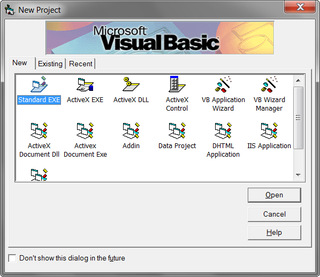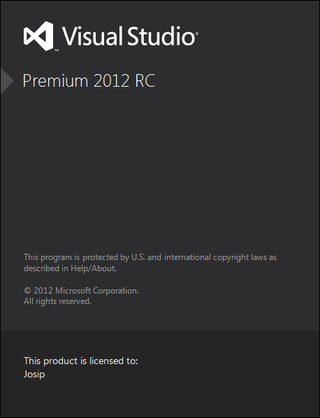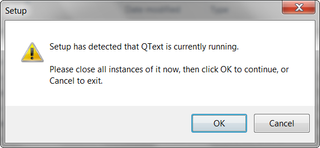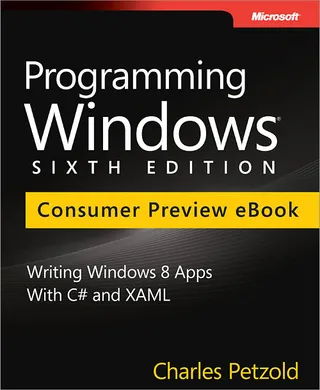WordPress Noindex
As I was checking search for my website I noticed that Google would return essentially same page multiple times in search results. One result pointed to post, second one pointed to same post but within categories and third would be same again but in archives. Not what you can call great search experience.
On WordPress platform (that is used here) solution is really simple. All pages that I don’t want shown I can block from Google via robots meta attribute with content “noindex,follow”. Simplest way to do this is to directly edit header.php file and, below
tag, just write:<?php
if (!is_singular()) {
echo '<meta name="robots" content="noindex,follow" />';
}
?>If page is singular in nature (e.g. post, page, attachment…) nothing will happen. If page is collection, one simple html attribute is written.
While this is simplest solution, it is not upgrade-friendly. For each new WordPress version, same change will be needed. Better solution would be to pack this into plugin so each new version can continue using it without any change. Creating plugin in WordPress is as easy as filling some data in comment (e.g. plugin name, author and similar stuff) and then attaching to desired action. In our case full code (excluding plumbing) would be:
add_action('wp_head', 'nonsingular_noindex_wp_head');
function nonsingular_noindex_wp_head() {
if (!is_singular()) {
echo '<meta name="robots" content="noindex,follow" />';
}
}Whole plugin can be downloaded here. Just unpack it into wp-content/plugins directory and it will become available from WordPress’ administration interface.




